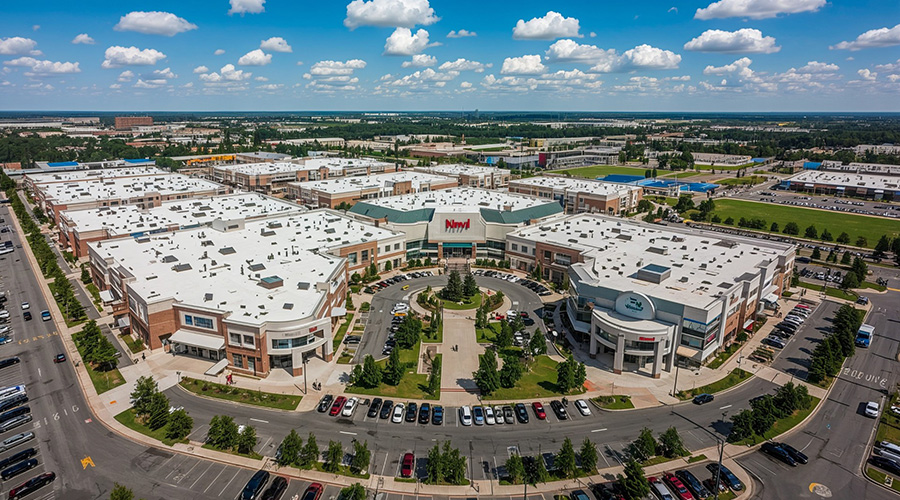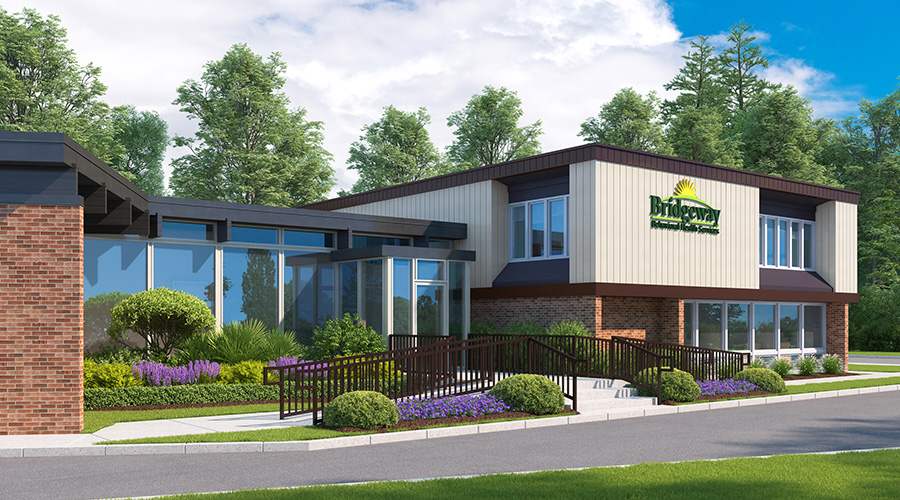Construction jargon often sounds like a foreign language. But just knowing a few, basic terms used when describing deck coating systems can seriously help facility managers and building engineers qualify contractors, evaluate proposals and even communicate more effectively with property owners.
The coating experts at Western Specialty Contractors have outlined the most essential deck coating terms to know and what they mean.
Substrates
When referring to a parking deck, the substrate is the driving surface. Typically constructed of concrete, a substrate’s condition must be maintained properly in order to receive a deck coating. Prior to getting a deck coating, facility managers should have a contractor with concrete restoration experience evaluate the substrate’s condition and make recommendations for any necessary repairs. If the substrate is not in the proper condition prior to the application of a deck coating, the coating may not adhere properly and other issues may arise.
Delamination and Spalling
Delamination and spalling are different words used to describe the same condition. The terms describe concrete that has become unsound, and include such conditions as potholes, lifted surfaces or rust leaching through the concrete surface. Delamination and spalling can often times be identified by a visual inspection, or a sound survey inspection which identifies a hollow sound in the concrete. The concrete surface must be in sound condition prior to any deck coatings being applied. A reputable concrete repair contractor should be used to make necessary concrete repairs.
Surface Preparation
Surface preparation is by far the most important piece to ensuring the durability and life of the deck coating system. The deck coating is only as good as the surface it is bonding to, so a clean surface is absolutely necessary. Shot blasting, pressure washing, grinding and sandblasting can all be used to clean a concrete surface. Western’s experts recommend shot blasting, which utilizes small, steel BBs and a self-contained tracking unit to remove the top laitance of the concrete (a sixteenth- to an eighth-inch thick). Shot blasting will open up the concrete’s pores and allow for future coats to bind and bond better.
Primer
Primer is a binder coat between the substrate and the base coat, similar to primer used when painting a house, car or wall. Secondary to surface preparation, applying a primer to marry the substrate and the waterproofing membrane is also important.
Base Coat
The base coat is the waterproofing layer, and the most important layer to protect. The base coat is the thickest insulation, applied at 25 mils thick. Its purpose is to keep everything off the substrate. A decking system cannot be installed without the base coat.
Wear Courses
The purpose of a wear course is to protect the base coat, which is not UV stable and will deteriorate prematurely if exposed to sunlight. One or two, preferably two, wear courses should be applied to the base coat. Wear courses, which contain sand, will protect the soft base coat from car damage and pedestrian traffic, as well as protect pedestrians from slipping and falling when wet.
Cure Time
Cure time is the time when after a deck coating system is completely installed that the manufacturer and the contractor recommend that pedestrians wait to walk or drive on it. The common cure time for a quick turnaround is 24 hours for pedestrian traffic and 48 hours for vehicular traffic. Although 72 hours is generally recommended.
Blistering
Blistering typically happens during the deck coating installation curing process. Sometimes when the solvent and gases are released during the curing process, they get locked in for various reasons, which may include hot weather temperatures. If blisters are not repaired and split, water can penetrate the split and cause damage to the surrounding coating.
Adhesion Failure
Adhesion failure can be one of two situations. The first would be substrate failure where the coating peels back, almost like sheets on a bed, exposing the concrete surface below. This situation, although uncommon, would signify that there was an issue between the primer and base coat. Primer can only be down for 24 hours before the base coat needs to be installed over it. If the base coat was not installed before the allotted time frame, then adhesion failure can occur.
Coat adhesion failure can occur when the wear courses do not bond to the base coat. If the wear courses are not applied to the base coat before the 24-hour window, this situation can occur. Blistering is a sure sign of coat adhesion failure.
Excessive Wear
Excessive wear occurs when the topcoats aren’t wearing as intended. The topcoat isn’t going to look the same five years after it is installed, however, two years into it, aggregate should still be visible in the surface. If the base coat is visible where the topcoat has worn off and half the warranty still remains, that constitutes excessive wear. If a parking deck is experiencing consistent vehicular traffic, re-coats in three, four or five years are recommended.
Pin-Holing
Pin-holing occurs when the sand starts rolling out of the topcoat. A topcoat is not designed to last forever, but it should last for a certain amount of time. When pin-holing occurs, sand will pile up in the corner of the garage or collect around drains in heavy masses and small pinholes in the coating where the sand has come out will be noticeable. A specialty contractor or the manufacturer should be contacted immediately to assess the damage.
For more information about Western Specialty Contractors, visit www.westernspecialtycontractors.com.
 Healthcare Is the New Retail
Healthcare Is the New Retail Bridgeway Behavioral Health Services Launches Campaign to Renovate Health Center
Bridgeway Behavioral Health Services Launches Campaign to Renovate Health Center Ground Broken for New North Dakota State Hospital
Ground Broken for New North Dakota State Hospital AI Usage for Healthcare Facilities
AI Usage for Healthcare Facilities Ground Broken on Pelican Valley Senior Living Modernization Project
Ground Broken on Pelican Valley Senior Living Modernization Project